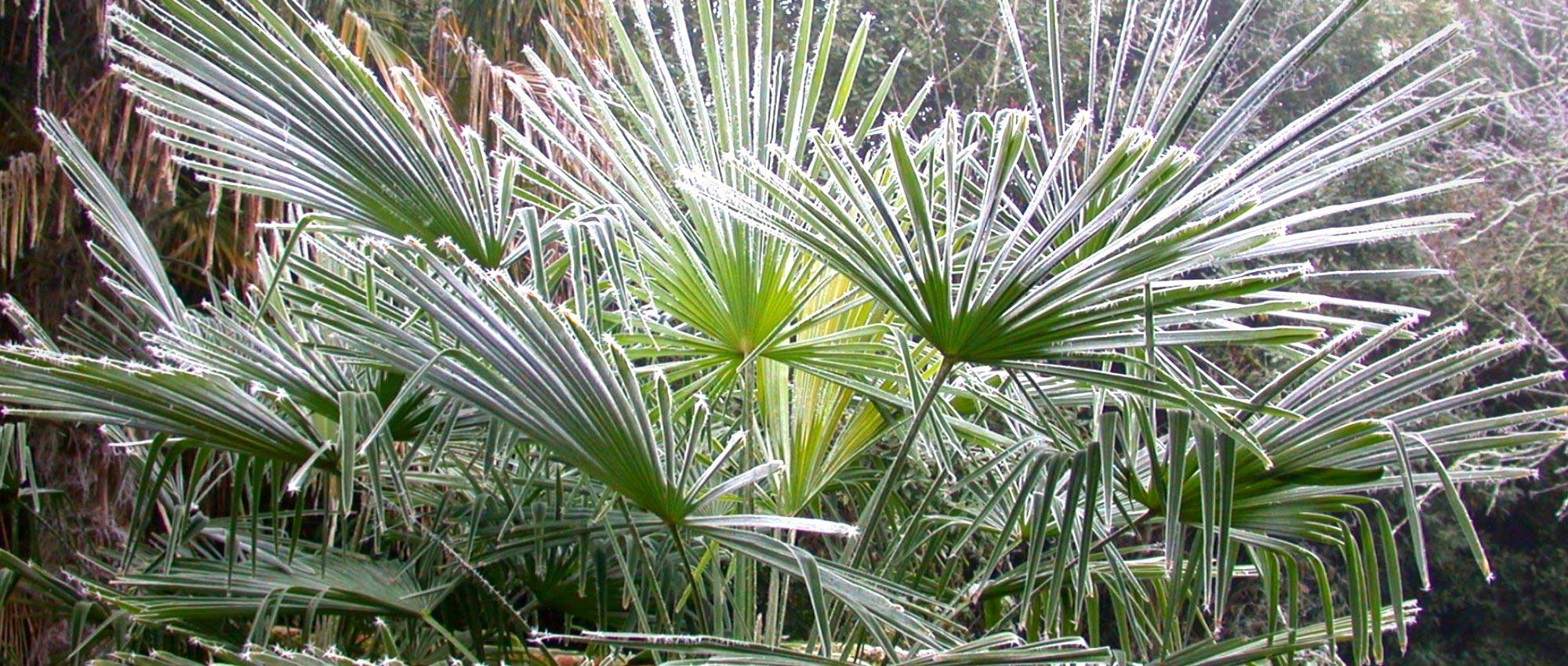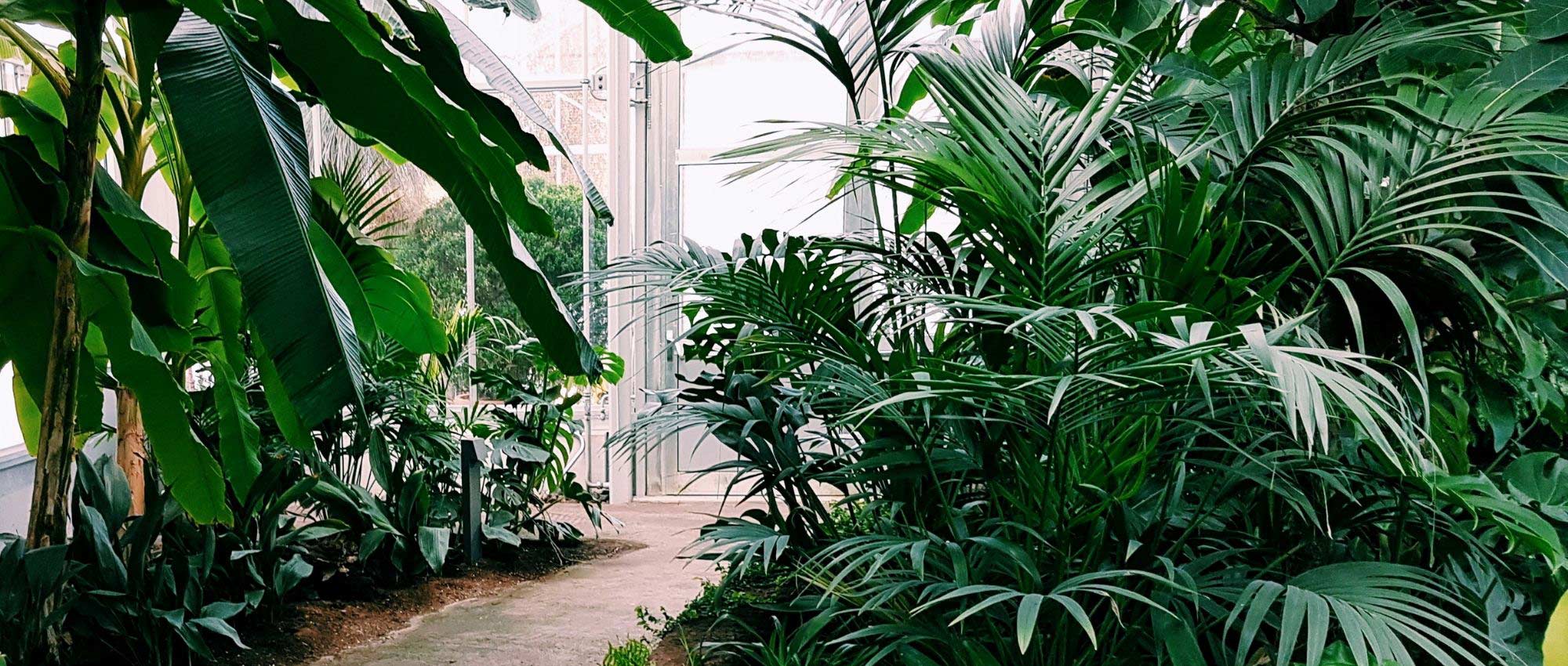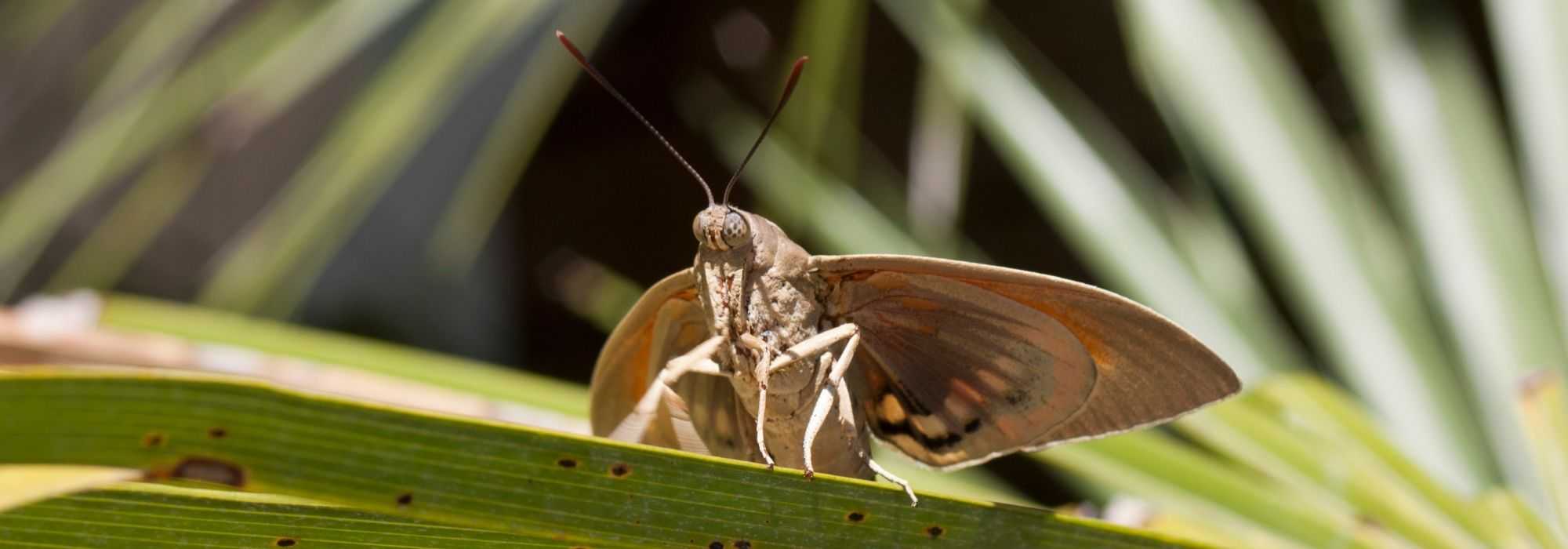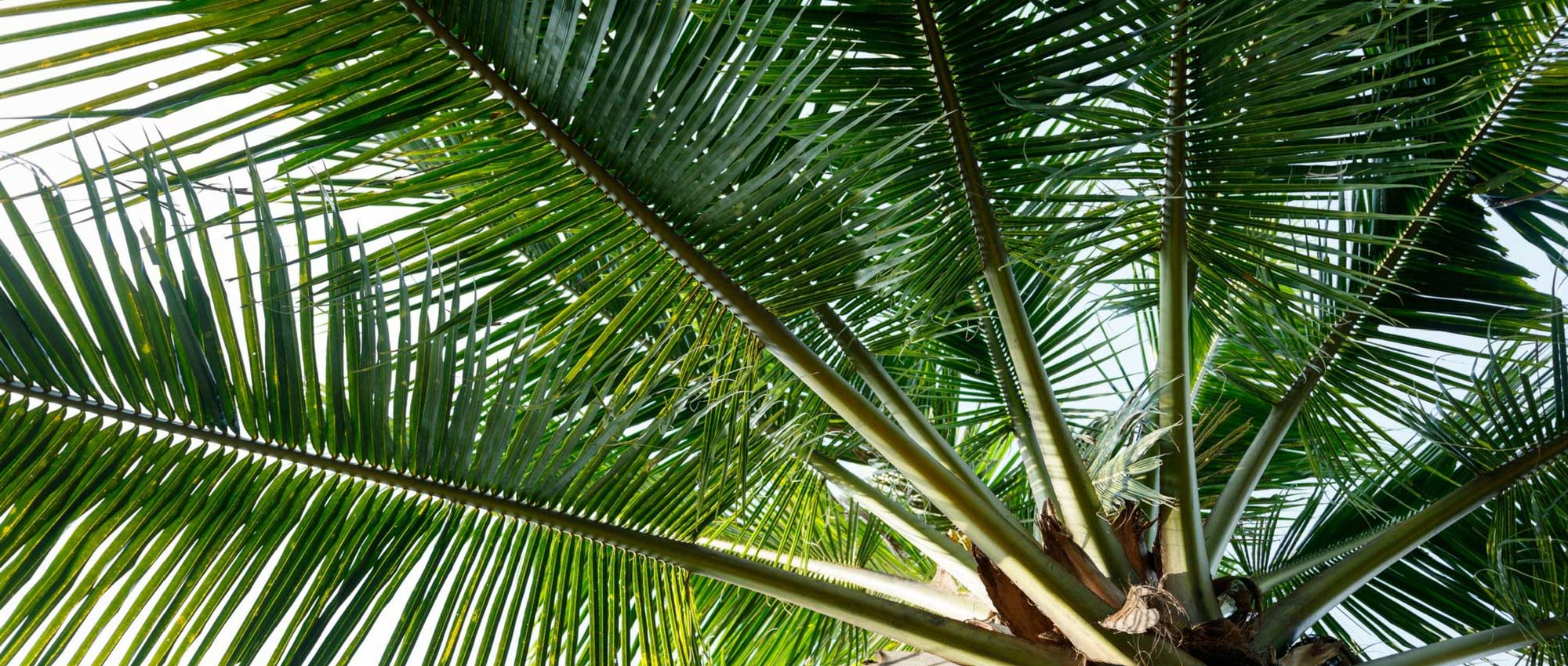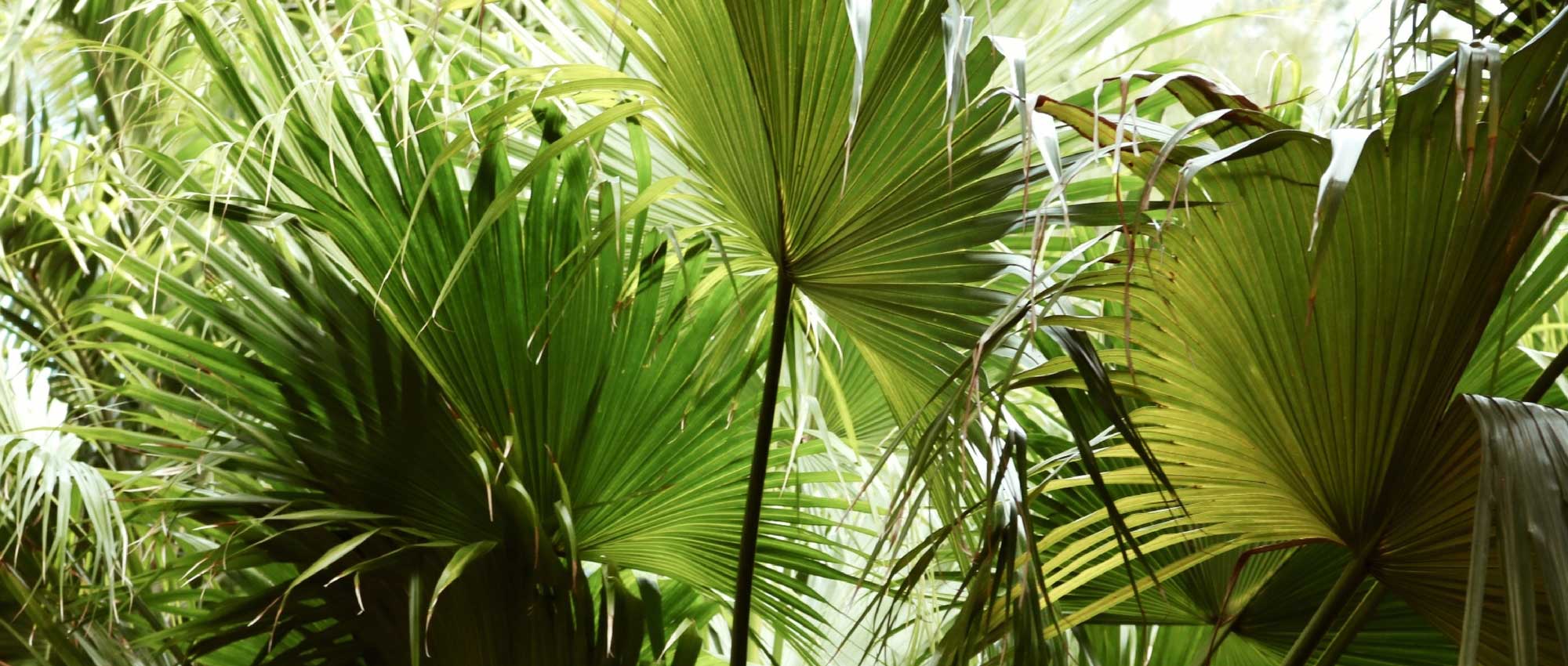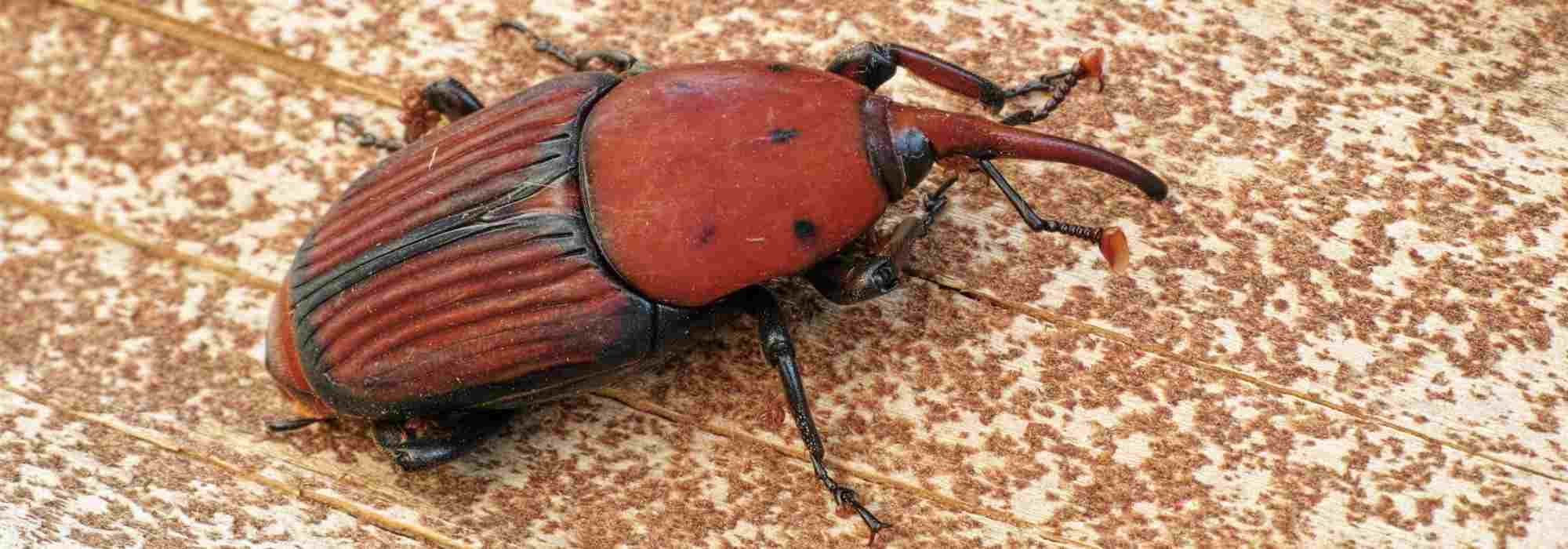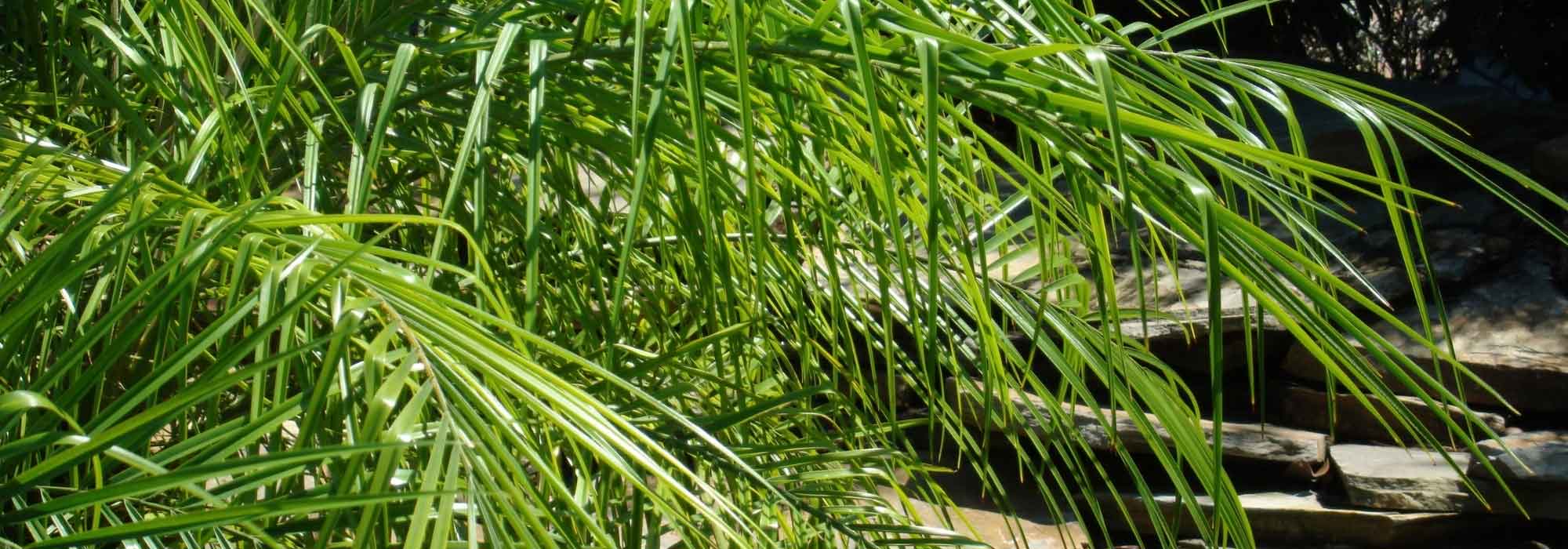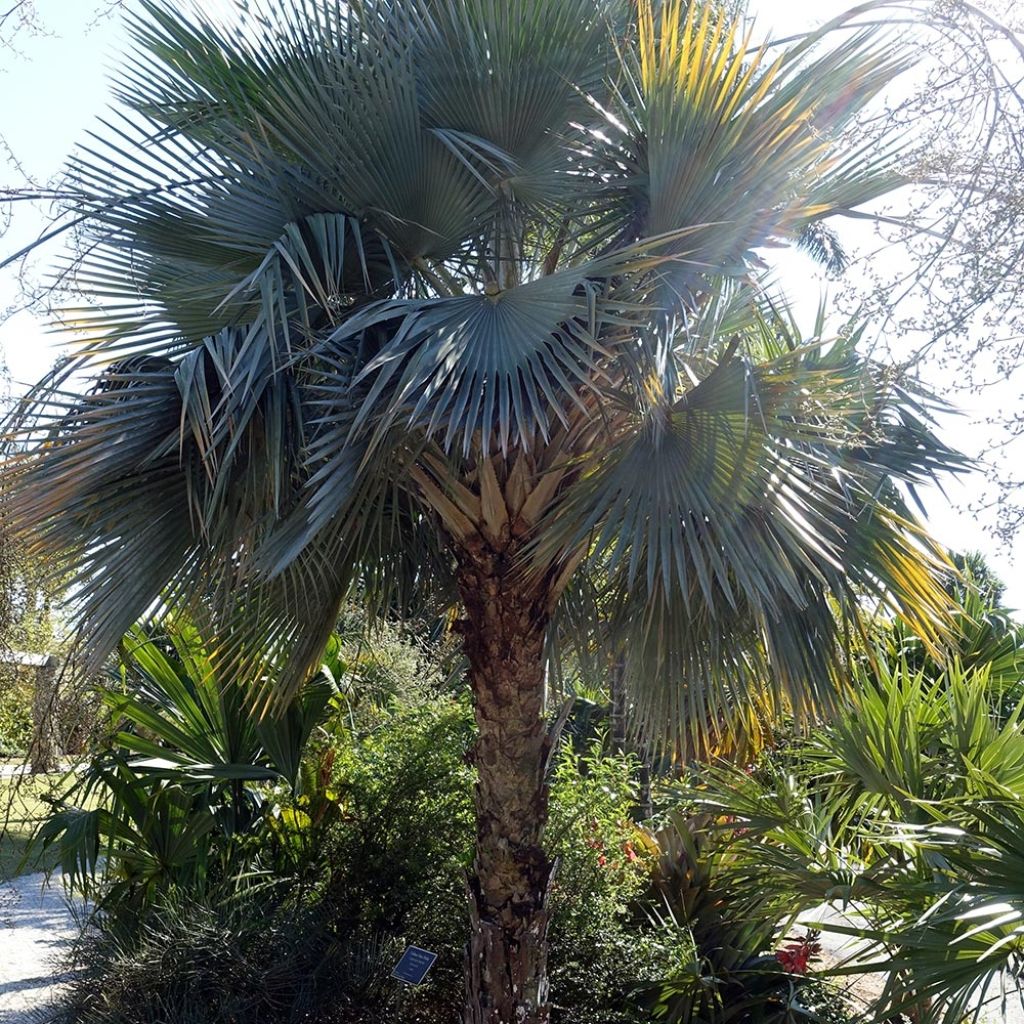

Copernicia hospita - Palmier à cire
Copernicia hospita - Caranda Palm
Copernicia hospita
Caranda Palm, Wax Palm
Sold a naked young plant that could never have grown anyway since it was tiny! Ordered 3 palm trees => 3 dead plants, very poor quality.
prenom, 29/08/2021
Special offer!
Receive a €20 voucher for any order over €90 (excluding delivery costs, credit notes, and plastic-free options)!
1- Add your favorite plants to your cart.
2- Once you have reached €90, confirm your order (you can even choose the delivery date!).
3- As soon as your order is shipped, you will receive an email containing your voucher code, valid for 3 months (90 days).
Your voucher is unique and can only be used once, for any order with a minimum value of €20, excluding delivery costs.
Can be combined with other current offers, non-divisible and non-refundable.
This plant carries a 24 months recovery warranty
More information
We guarantee the quality of our plants for a full growing cycle, and will replace at our expense any plant that fails to recover under normal climatic and planting conditions.
Does this plant fit my garden?
Set up your Plantfit profile →
Description
Copernicia hospita is very rare in cultivation. It is a rather extraordinary palm tree, considered by collectors as the most spectacular American species. This plant surprises with the design and colour of its large leaves: they form a kind of wheel, with segments covered with a white-blue wax that reflects light like metallic rays. The entire foliage, arranged in a bouquet on a rather thin trunk, composes one of the most beautiful plants imaginable. It is a frost-sensitive plant that loves the sun and heat. It should be cultivated in a large pot that will adorn the terrace or balcony during the summer.
Copernicia hospita belongs to the family of araecae. It is native to the coastal regions of Cuba, where it is found in savannas and on the edge of dry forests or near mangroves. Its trunk, called a stipe, is solitary, rather short, cylindrical, light brown-grey in colour and smooth, but covered with remnants of old petioles. It can reach 30 cm (11.8 in) in diameter on old specimens. In nature, the plant very slowly reaches 7 m (23 ft) in height and 4 m (13 ft 1 in) in width. Grown in a container, it does not exceed 1.50 m (4 ft 11 in) to 2 m (6 ft 7 in) in all directions. At the top of the stipe, a crown develops with up to 40 large leaves called fronds, which can exceed 1.50 m (4 ft 11 in) in width under natural conditions. They are circular and spread out like fans, their leaves are divided into a large number of narrow and rigid segments, covered with a waxy film that gives them an astonishing white-blue colour. Flowering only occurs on mature subjects, and very rarely. It takes the form of delicate brown flowers emerging from the leaves. This Copernicia is monoecious, the flowers are hermaphroditic, both male and female. The fruits resemble black balls with a diameter of 2.5 cm (1 in).
Copernicia hospita is a collector's plant, a beauty to be enjoyed or to be given to an enthusiast of rare species. It is grown in large pots that can be placed on the terrace during the summer and stored in a cold greenhouse in winter. Like all palm trees, it is sometimes difficult to associate due to its strong personality: reserve a corner of a pool and surround it with architectural plants such as Dasylirion, Beschorneria, Phormium, and agaves.
Copernicia hospita - Caranda Palm in pictures
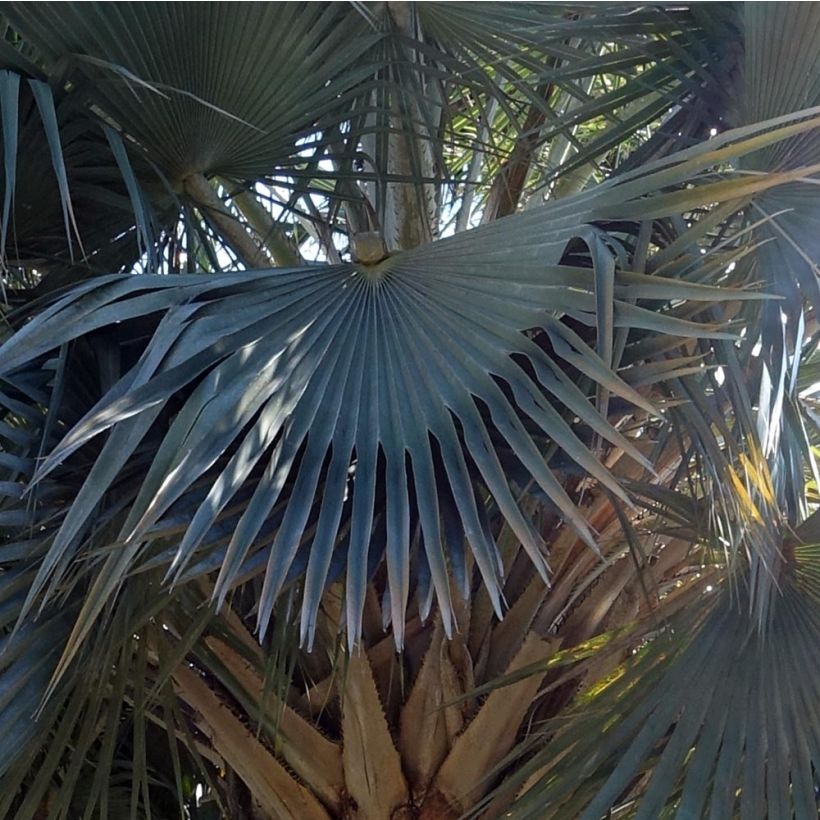

Plant habit
Flowering
Foliage
Botanical data
Copernicia
hospita
Arecaceae
Caranda Palm, Wax Palm
Central America
Planting and care
This Copernicia hospita palm tree needs a lot of sun from a young age. It is a frost-sensitive plant, which perishes below -2°C (28.4 °F). Plant it in a large pot to protect it from the cold in winter. Not demanding in terms of soil, this palm tree can tolerate both dry and wet soils, if they are properly drained. It requires little maintenance, except for pruning the oldest leaves close to the trunk.
Pot cultivation:
Choose a very large pot or container, with a perforated base and a capacity of 50 to 75 litres. Prepare a mixture composed of 50% loamy soil, 25% regular potting soil, and 25% sand. Mix well. Partially fill your container, after placing a drainage layer at the bottom (clay pellets, gravel, broken terracotta pots...). Place your palm tree on the mixture, making sure that the neck (the area where the roots originate) is not above the surface but is not buried too deep either. Add the rest of the mixture around the root ball, firmly compacting it. Water in multiple stages to saturate the substrate with water and eliminate air pockets. Indoors, place your palm tree in a very bright location and limit watering in winter. Outdoors, gradually acclimate it to full sun. Water regularly in summer. Provide green plant fertilizer in spring and summer.
Planting period
Intended location
Care
Planting & care advice
-
, onOrder confirmed
Reply from on Promesse de fleurs
Haven't found what you were looking for?
Hardiness is the lowest winter temperature a plant can endure without suffering serious damage or even dying. However, hardiness is affected by location (a sheltered area, such as a patio), protection (winter cover) and soil type (hardiness is improved by well-drained soil).

Photo Sharing Terms & Conditions
In order to encourage gardeners to interact and share their experiences, Promesse de fleurs offers various media enabling content to be uploaded onto its Site - in particular via the ‘Photo sharing’ module.
The User agrees to refrain from:
- Posting any content that is illegal, prejudicial, insulting, racist, inciteful to hatred, revisionist, contrary to public decency, that infringes on privacy or on the privacy rights of third parties, in particular the publicity rights of persons and goods, intellectual property rights, or the right to privacy.
- Submitting content on behalf of a third party;
- Impersonate the identity of a third party and/or publish any personal information about a third party;
In general, the User undertakes to refrain from any unethical behaviour.
All Content (in particular text, comments, files, images, photos, videos, creative works, etc.), which may be subject to property or intellectual property rights, image or other private rights, shall remain the property of the User, subject to the limited rights granted by the terms of the licence granted by Promesse de fleurs as stated below. Users are at liberty to publish or not to publish such Content on the Site, notably via the ‘Photo Sharing’ facility, and accept that this Content shall be made public and freely accessible, notably on the Internet.
Users further acknowledge, undertake to have ,and guarantee that they hold all necessary rights and permissions to publish such material on the Site, in particular with regard to the legislation in force pertaining to any privacy, property, intellectual property, image, or contractual rights, or rights of any other nature. By publishing such Content on the Site, Users acknowledge accepting full liability as publishers of the Content within the meaning of the law, and grant Promesse de fleurs, free of charge, an inclusive, worldwide licence for the said Content for the entire duration of its publication, including all reproduction, representation, up/downloading, displaying, performing, transmission, and storage rights.
Users also grant permission for their name to be linked to the Content and accept that this link may not always be made available.
By engaging in posting material, Users consent to their Content becoming automatically accessible on the Internet, in particular on other sites and/or blogs and/or web pages of the Promesse de fleurs site, including in particular social pages and the Promesse de fleurs catalogue.
Users may secure the removal of entrusted content free of charge by issuing a simple request via our contact form.
The flowering period indicated on our website applies to countries and regions located in USDA zone 8 (France, the United Kingdom, Ireland, the Netherlands, etc.)
It will vary according to where you live:
- In zones 9 to 10 (Italy, Spain, Greece, etc.), flowering will occur about 2 to 4 weeks earlier.
- In zones 6 to 7 (Germany, Poland, Slovenia, and lower mountainous regions), flowering will be delayed by 2 to 3 weeks.
- In zone 5 (Central Europe, Scandinavia), blooming will be delayed by 3 to 5 weeks.
In temperate climates, pruning of spring-flowering shrubs (forsythia, spireas, etc.) should be done just after flowering.
Pruning of summer-flowering shrubs (Indian Lilac, Perovskia, etc.) can be done in winter or spring.
In cold regions as well as with frost-sensitive plants, avoid pruning too early when severe frosts may still occur.
The planting period indicated on our website applies to countries and regions located in USDA zone 8 (France, United Kingdom, Ireland, Netherlands).
It will vary according to where you live:
- In Mediterranean zones (Marseille, Madrid, Milan, etc.), autumn and winter are the best planting periods.
- In continental zones (Strasbourg, Munich, Vienna, etc.), delay planting by 2 to 3 weeks in spring and bring it forward by 2 to 4 weeks in autumn.
- In mountainous regions (the Alps, Pyrenees, Carpathians, etc.), it is best to plant in late spring (May-June) or late summer (August-September).
The harvesting period indicated on our website applies to countries and regions in USDA zone 8 (France, England, Ireland, the Netherlands).
In colder areas (Scandinavia, Poland, Austria...) fruit and vegetable harvests are likely to be delayed by 3-4 weeks.
In warmer areas (Italy, Spain, Greece, etc.), harvesting will probably take place earlier, depending on weather conditions.
The sowing periods indicated on our website apply to countries and regions within USDA Zone 8 (France, UK, Ireland, Netherlands).
In colder areas (Scandinavia, Poland, Austria...), delay any outdoor sowing by 3-4 weeks, or sow under glass.
In warmer climes (Italy, Spain, Greece, etc.), bring outdoor sowing forward by a few weeks.


































